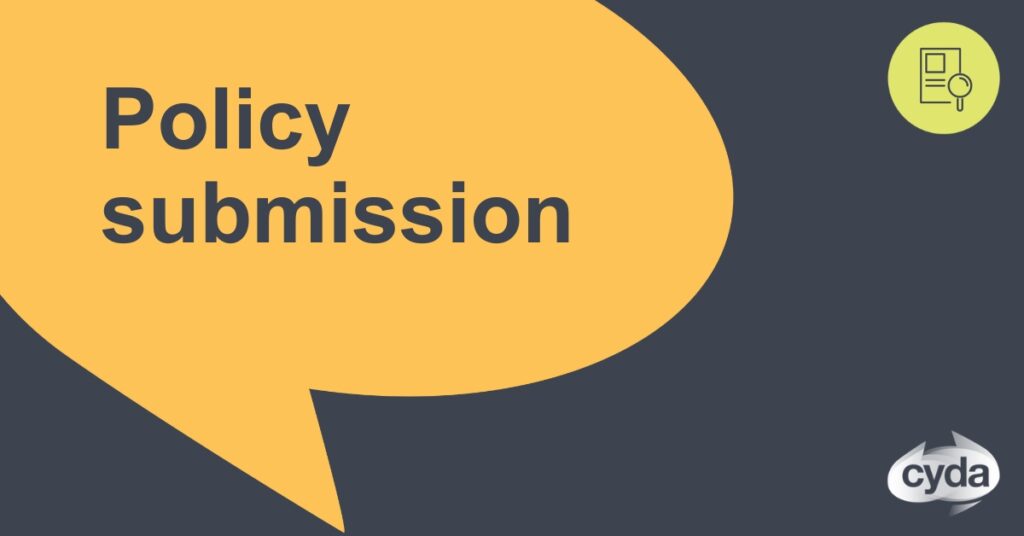Education is critically important for children and young people with disability, and CDA has strongly advocated for the need for systemic reform. Our current educational systems are simply failing to deliver the outcomes or the positive educational experiences that are required for all students.


